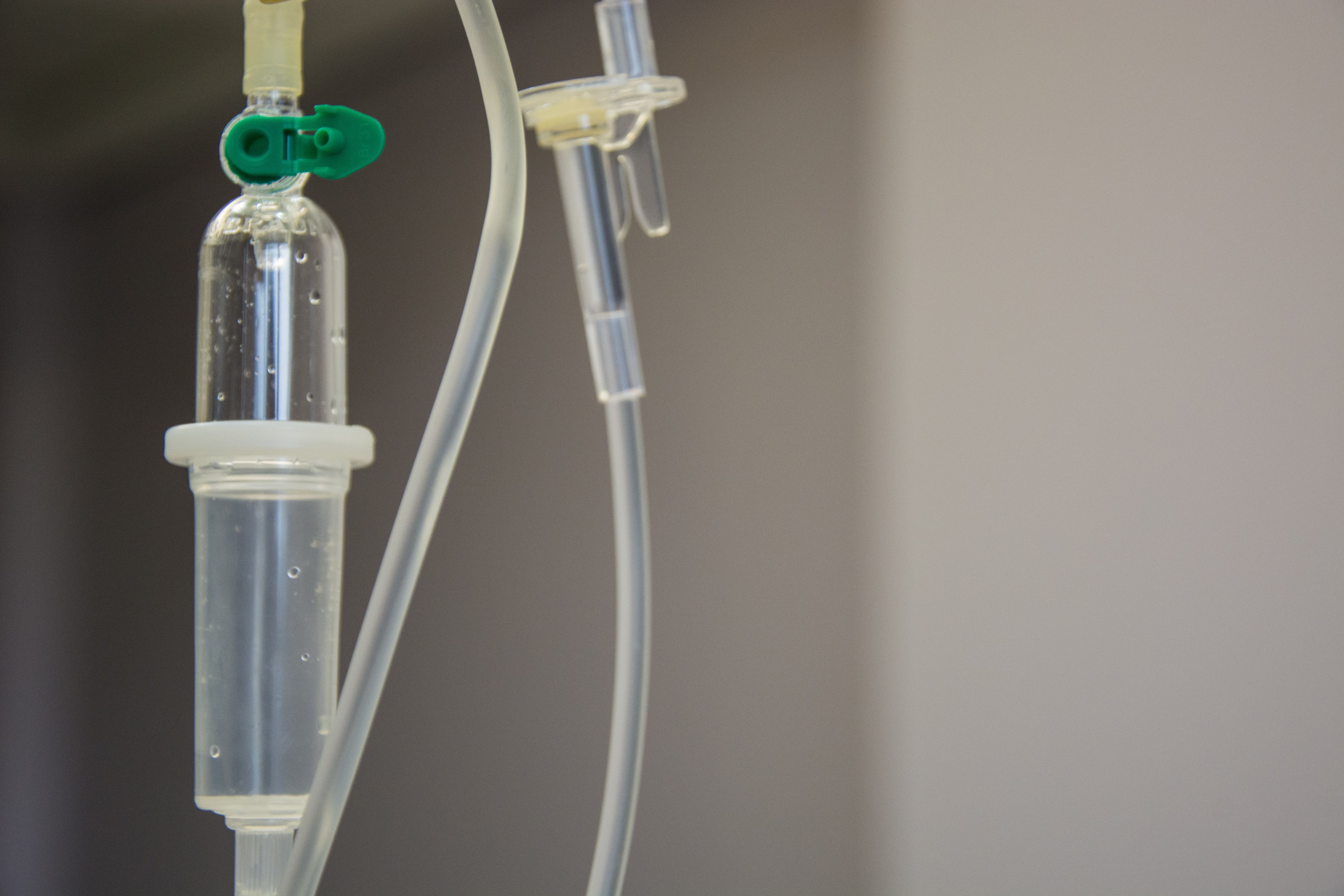Emergency Use Authorizations for COVID-19 Therapeutics: The Good, the Bad, and the Data-Deficient

This month finds us entering a dark period of the coronavirus 2019 (COVID-19) pandemic with increasing rates of cases, hospitalizations, and deaths, while we await the availability of the vaccines that are increasingly looking effective.
It is also a timely occasion to consider the merit and faults of the primary way that COVID-19 therapeutics have been delivered, through the US Food and Drug Administration’s (FDA’s) Emergency Use Authorization (EUA) process.
The EUA process was created as part of the Project BioShield Act of 2004, to allow the FDA to respond to chemical, biological, radiological, and nuclear threats. Further legislation has expanded the use of EUAs to their current form, which includes uses in pandemics and by the US military. They are designed to allow rapid access to therapeutics and diagnostics that are urgently needed during time of crisis.
Most of the EUAs issued for COVID-19 uses are diagnostic. Several of them have been for therapeutic agents, and these have had decidedly mixed results.
The first therapeutic EUA this year was the most disastrous: hydroxychloroquine, which was the subject of my column in August. This authorization came with almost no supporting evidence after millions of doses were purchased for the Strategic National Stockpile. While in vitro activity of hydroxychloroquine against SARS-CoV-2 warranted investigation of this agent, it did not translate into clinical success, and the FDA revoked its EUA in June.
Remdesivir followed, and I believe it is an example of a justified EUA through a well-conducted process after results from the ACTT-1 study showed efficacy. Trials that have followed have had mixed results and while the WHO’s SOLIDARITY study did not show a mortality benefit for remdesivir, the results that led to the EUA have not been invalidated.
Convalescent plasma and bamlanivimab have since received EUAs. Convalescent plasma may well have a niche in COVID-19 treatment (or prevention), but the few randomized controlled trials conducted with it have not been promising. The EUA was influenced by the large, non-comparative early access program conducted by the Mayo Clinic, which had mixed utility.
Bamlanivimab was approved after a phase 2 outpatient study looking primarily at reductions in viral load also found lower rates of combined hospitalization and emergency room visits (1.6% vs 6.3%). Neither of these agents have impressive evidence, and neither IDSA nor NIH COVID-19 guidelines recommend them currently. At the time of writing, the Janus kinase inhibitor baricitinib has just received an EUA.
The consequences of these EUAs are mixed. They do allow potentially useful therapies to reach patients, but the process leaves it to individual clinicians to determine that potential, often with little supporting evidence. With ill-defined guidance, they can also be subject to political interference, as was alleged in the jockeying between the FDA and White House in October over criteria for EUAs for COVID-19 vaccines, and which may have played a part in the hydroxychloroquine EUA.
By the time you read this, Pfizer and Moderna will have filed for EUAs for their vaccines, agents that will be used in millions of healthy people. FDA defined and published criteria for vaccine EUAs publicly, which represents a level of transparency higher than the other agents. This clarifies their value and allows faith in their validity, something that should be considered for future therapeutic EUAs as well.
Be well and thank you for reading Contagion.

2 Commerce Drive
Cranbury, NJ 08512
All rights reserved.
